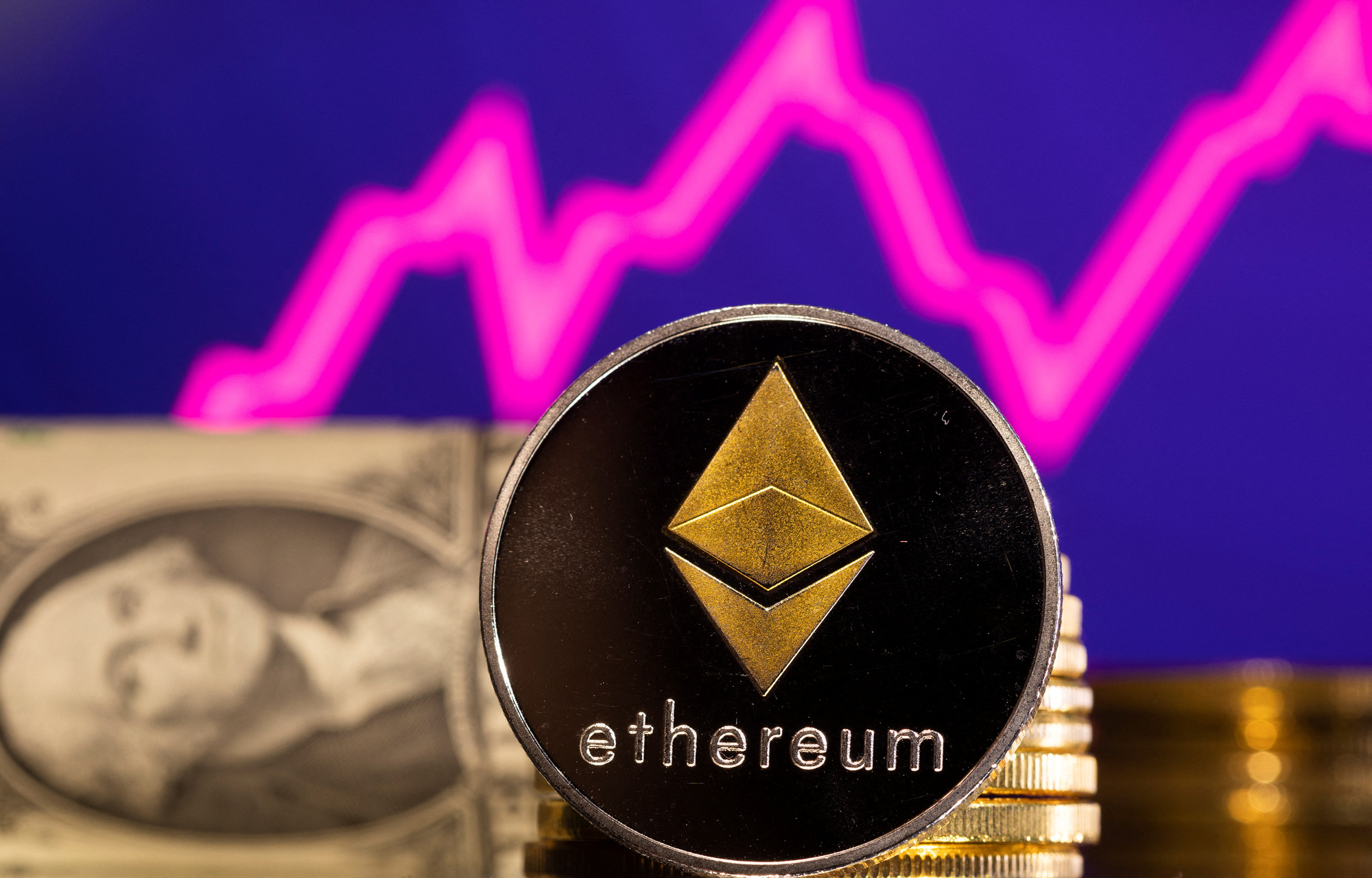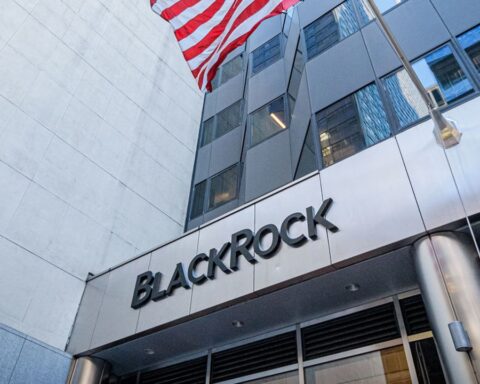Ether‘s value surged by 10% in the initial nine days of February, surpassing the $2,450 mark for the first time in three weeks.
This upturn correlated with the wider bullish trend in the cryptocurrency market and was notably influenced by the macroeconomic landscape.
While the reasons underpinning Ether’s surge are evident, there’s mounting optimism among investors as deposits on the Ethereum network rise.
Yet, the question lingers: is this momentum potent enough for a sustained ascent beyond $2,800?
Weak economic indicators from China and concerning fiscal debt trends in the United States are fostering an environment favourable for risk-on assets.
US Federal Reserve Chair Jerome Powell highlighted the necessity for a more sustainable approach to public debt.
Neil Irwin, of Axios Macro, predicts a decrease in the Fed’s policy interest rate due to projections of escalating US debt service costs.
Meanwhile, China’s manufacturing activity saw a decline for the fourth straight month, prompting the central bank to implement measures supporting the real estate market.
This economic backdrop led to investors divesting fixed-income assets, causing the two-year US Treasury yield to rise to its highest level in two months.
Despite these developments, the S&P 500 index hit a record high above $5,000 on February 9, suggesting a lack of immediate concern regarding an economic downturn.
However, the US fiscal debt trajectory, as highlighted by Powell, creates a conducive setting for scarce alternative assets like Ether.
READ MORE: UK Police Unit Thwarts 43 Fraudulent Web Domains Amid Rising Cybercrime Concerns
While cryptocurrencies face competition from the stock market for risk-on capital, they also present an opportunity for alternative investments.
Stocks such as Nvidia and Amazon, trading at significantly high earnings multiples, contribute to this narrative.
Assessing the sustainability of Ether’s February gains requires scrutiny of on-chain activity within the Ethereum network.
Smart contract deposits, particularly on the EigenLayer liquid staking solution, surged to an 11-month high, indicating growing demand for ETH.
Moreover, Ethereum’s dominance in transaction fees underscores its robust demand compared to competitors like Tron and BNB Chain.
Beyond its current applications, optimism among Ether investors stems from the potential of a new nonfungible token format, ERC-404, which could boost sector activity.
Additionally, the impending Dencun network upgrade scheduled for March 13 promises reduced transaction costs for layer-2 rollups.
With fixed-income investors exploring alternatives and the Ethereum network’s continuous expansion, Ether investors remain undaunted by recent gains or resistance at $2,650, indicating a resilient price trajectory compared to previous tests in January.
Discover the Crypto Intelligence Blockchain Council




